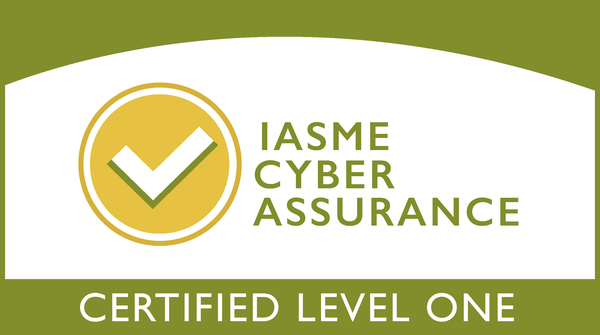Photo by Bench Accounting
Business Simulations are powerful tools for highly engaging and effective management development. Often these Simulations are run in “face to face” group workshops however there are two other ways you can run a Simulation virtually when the participants are in different locations or working from home:
- Synchronous Mode (all playing at same time)
- Asynchronous Mode (all playing at different times)
Both of these modes can be highly effective alternatives to “face to face” - let’s look at how they work.
Synchronous Mode (all playing at same time)
This is where participants are able to play the Simulation at the same time but are NOT all able to be in the same place.
In this scenario you use a video-conferencing solution (such as Zoom Meetings or Webex Training) which supports virtual break-out rooms. For example, assume you have 20 participants on the video call and you want them to play a Simulation as 4 teams. You create 4 private virtual breakout rooms in the call – one for each team – and you assign the participants to their appropriate rooms/teams. The technology then allows the facilitator to “toggle” from dealing with the whole group (of 20) to dealing with the rooms.
In this synchronous scenario everything which happens is identical to the face to face Simulation scenario with one team member logging into the Simulation on each team’s behalf and sharing their screen with the other team members (in the private virtual room). This team member is also responsible for submitting the teams decisions into the Simulation.
To make this work seamlessly the facilitator should obviously have familiarised themselves with the use of private virtual breakout rooms in advance. We have also found it useful, at least in the initial stages of use, to have 2 facilitators – one running the Simulation and the other taking care of the video conferencing session.
Another important consideration is that you need to ensure there are enough comfort breaks in the virtual proceedings. We would recommend not running for more than 90 minutes without at least a good 30-minute break. This, by the way, applies to any virtual activity not just Simulations if you want to maintain participant energy and engagement levels.
Finally, even more than when you are face-to-face, you need to watch for participant multi-tasking which can lead to lower engagement. Having regular breaks helps enormously but you should also agree in advance ground-rules with participants that like any group learning event they will respect it with their full attention.
Asynchronous Mode (all playing at different times)
This is where participants are all in different places and are NOT all able to play the Simulation at the same time or pace. NOTE in this mode a Simulation could be run over an extended period of days or weeks.
Screenshots from CHAPTER Simulation which can be played in Synhcronous or Asynchronous Mode
Asynchronous simulation takes a little bit more organizing than the synchronous scenario but is less reliant on video conferencing technology. The process has 3 main steps:
STEP 1: OPENING GROUP VIDEO CALL
STEP 2: PLAY EACH ROUND OF THE SIMULATION
STEP 3: CLOSING GROUP VIDEO CALL
Let’s look briefly at what each step involves.
STEP 1: OPENING GROUP VIDEO CALL
Facilitator demos the Simulation, organises the teams, distributes team logins/links, advises schedule and distributes any preparatory reading/homework. In this scenario you are just using simple video conferencing – no need for virtual breakout rooms!
STEP 2: PLAY EACH ROUND OF THE SIMULATION
Each team submits their decisions for the Simulation. This is normally done on-line but can also be done via email with the facilitator making the inputs for each team. Each team need to decide what will best suit them for their virtual decision-making – either synchronously using video conferencing/audio conference calls or asynchronously where team communications are via email/messaging. Once all team decisions are input the facilitator then shares a summary of the results of the round with all the teams, usually by just emailing some screenshots. The facilitator also distributes any news updates and deadline info for the next round.
STEP 3: CLOSING GROUP VIDEO CALL
The facilitator reveals the final results, gets team feedback on their learning, makes final observations and agrees next steps
Summary
There are two main ways you can run Business Simulations virtually with a remote group of participants – Synchronous Mode and Asynchronous Mode.
Both modes are straightforward and like all well-run group activities just require a little bit of practice by the facilitator to achieve as good a result as face-to-face sessions.
If you would like to find out more about how to run any of our range of Business Simulations virtually please get in touch.
Get in Touch



